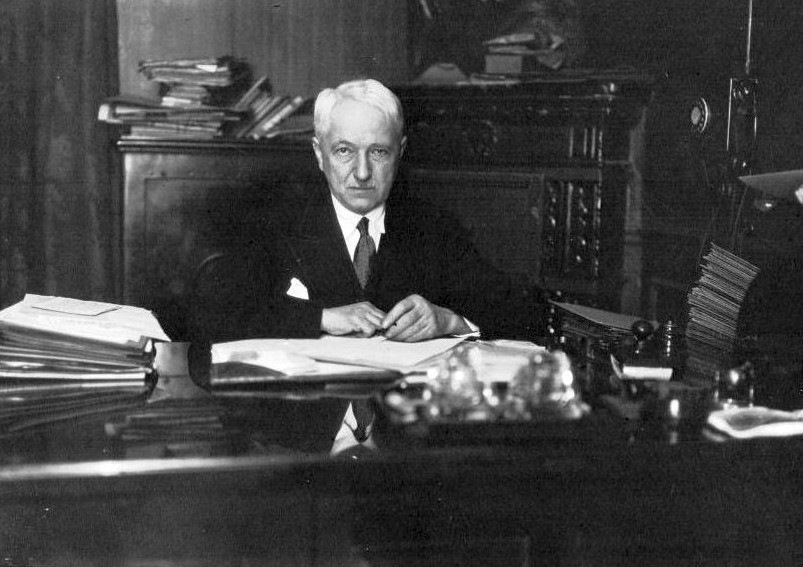The FIFA World Cup is undoubtedly one of the most prestigious and anticipated sporting events in the world. It is a tournament that has the ability to unite people from all corners of the globe, showcasing the beautiful game of football on the grandest stage. At the heart of this tournament lies the iconic World Cup trophy, which has become synonymous with the sport itself. But how did this famous trophy come to be? The answer lies in the story of Jules Rimet.
Born in 1873 in Theuley, France, Jules Rimet grew up playing football with his friends in the streets. As an adult, he became a lawyer, but his passion for football never waned. In 1919, he was elected president of the French Football Federation, a position he held for 33 years. During his tenure, he introduced many innovative ideas that helped to modernize the sport in France and beyond.
In 1904, Rimet was one of the key figures who founded FIFA (Fédération Internationale de Football Association). As the organization’s third president from 1921 to 1954, he played an instrumental role in transforming FIFA into a global governing body for football. Rimet envisioned a tournament that would bring together teams from different countries, igniting a spirit of camaraderie and healthy competition. This vision materialized in the form of the FIFA World Cup.
In 1928, Rimet proposed the creation of the first-ever World Cup tournament, to be held in Uruguay in 1930. Despite opposition from many within the football community, Rimet persisted in his vision, and the tournament was eventually held as planned. The first World Cup was a huge success, and it laid the foundation for the tournament we know and love today.
Rimet continued to play a leading role in the development of football, and in 1946, During his time as FIFA president, Rimet oversaw the expansion of the World Cup tournament, with more teams and more countries competing than ever before.
But perhaps Rimet’s greatest legacy is the World Cup trophy itself. In 1930, he commissioned French sculptor Abel Lafleur to design a trophy for the winners of the World Cup tournament. The trophy, known as the Jules Rimet Trophy, was made of solid gold and depicted the Greek goddess of victory, Nike, holding a cup. The trophy was awarded to the winners of the World Cup tournament from 1930 to 1970 until it was stolen and never recovered.
Despite this setback, Rimet’s legacy lives on through the World Cup trophy, which has become an iconic symbol of football’s global appeal. His vision and dedication to the sport of football helped to shape the game we know and love today, and his impact on the sport will be felt for generations to come.
Jules Rimet’s contributions to the sport of football cannot be overstated. His vision and leadership helped to shape the modern game, and his tireless efforts to promote the World Cup have ensured that it remains the most prestigious tournament in the sport. Today, his name is synonymous with the World Cup, and his legacy continues to inspire generations of football fans around the world.





